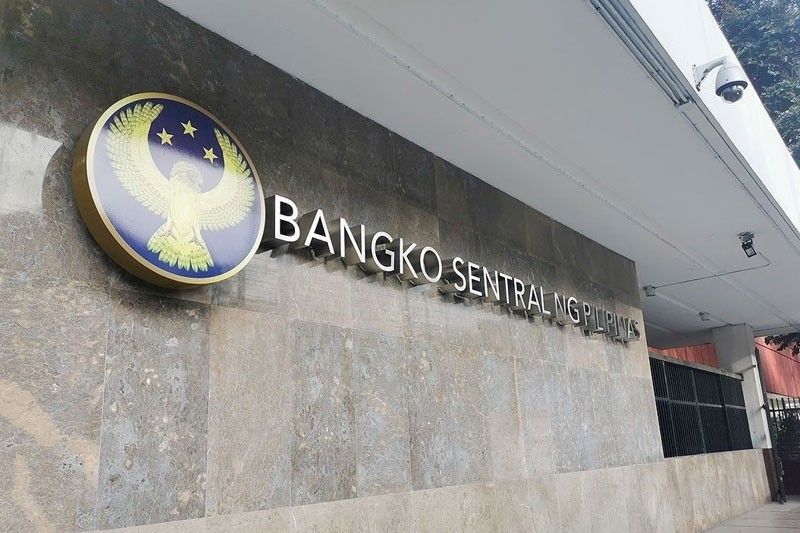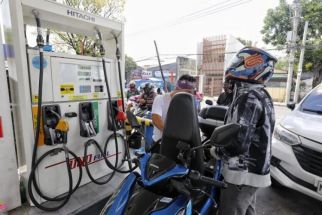More banks keen on green financing – BSP

TBILISI — More banks in the Philippines have expressed interest to finance green and sustainable projects in the country amid the need to fund efforts that would mitigate impacts of climate change.
On the sidelines of the 57th Asian Development Bank (ADB) annual meeting here, the Bangko Sentral ng Pilipinas (BSP) said banks have an immense role in providing support to the government’s projects and help in achieving sustainable development.
BSP deputy governor Chuchi Fonacier said the latest banking sector outlook showed that awareness among financial institutions have increased over the last three years.
“In 2021, about 79.3 percent of banks said they are going to finance sustainable projects. But recently, for this year and next, this increased to about 90.3 percent of the banks already,” Fonacier said.
Such is crucial especially as greenhouse gas emissions of the Philippines, which used to be very negligible, may increase over time as the economy recovers from the pandemic.
With this, Fonacier said climate and other environmental risks pose a significant threat to financial stability, not just concerning individual banks, but the entire system as a whole.
ADB Institute advisor for sustainable policies Sayuri Shirai noted that the scale of climate finance remains very small.
This is already the case for many advanced economies which means that emerging and developing countries, such as the Philippines, still do have enough resources and investments to push for climate finance.
Shirai said this is largely due to data shortage, especially on greenhouse gas emissions.
“Without this information, how can we promote the private sector’s capital growth?,” Shirai said.
“And still, there is limited awareness, not only among governments, but also financial regulators and also small banks,” she said.
For the BSP, Fonacier said the country’s recently adopted sustainable finance taxonomy guidelines (SFTG) will help address the impacts of climate change.
The SFTG for banks is aimed at identifying whether an economic activity is environmentally and socially sustainable. It is a crucial step in the country’s sustainability journey as it provides high level guidance in determining the greenness of an investment.
Fonacier agreed that lack of available data is a challenge for the Philippines.
“Banks would often say how can they evaluate lending to be sustainable if they do not have the data? And then now we have the taxonomy. We need to strike a balance,” she said.
Banks will use the SFTG when extending credit, making investment decisions or designing sustainable financial products and services, among others.
The BSP is giving banks until year-end to increase familiarity and understanding of the principles.
This year, a pilot testing exercise will be conducted with the industry whose results will inform the development of additional guidance on the use of the taxonomy.
“We want banks to tailor fit their transition plans to their own operations because they have different business models, especially for small institutions who may not be able to comply right away,” Fonacier said.
The central bank noted that the scale of financing needed to meet the country’s climate goals is massive, with an estimated $168 billion in green investment opportunities between 2020 and 2030.
Data showed that since 2017, banks have issued a total of P173.2 billion and $1.5 billion in green, social, sustainability and blue bonds.
The first version of the SFTG focuses on climate change mitigation and adaptation.
As such, the guidelines make use of the traffic light system: green for SFTG-aligned activity, amber for partially aligned, and red for not aligned.
An amber classification includes activities that are in transition to remedy an actual or potential harm done while red means that the activity does not meet the higher ambitions of the SFTG, but may still be eligible for ‘unlabeled’ financing.
- Latest
- Trending































